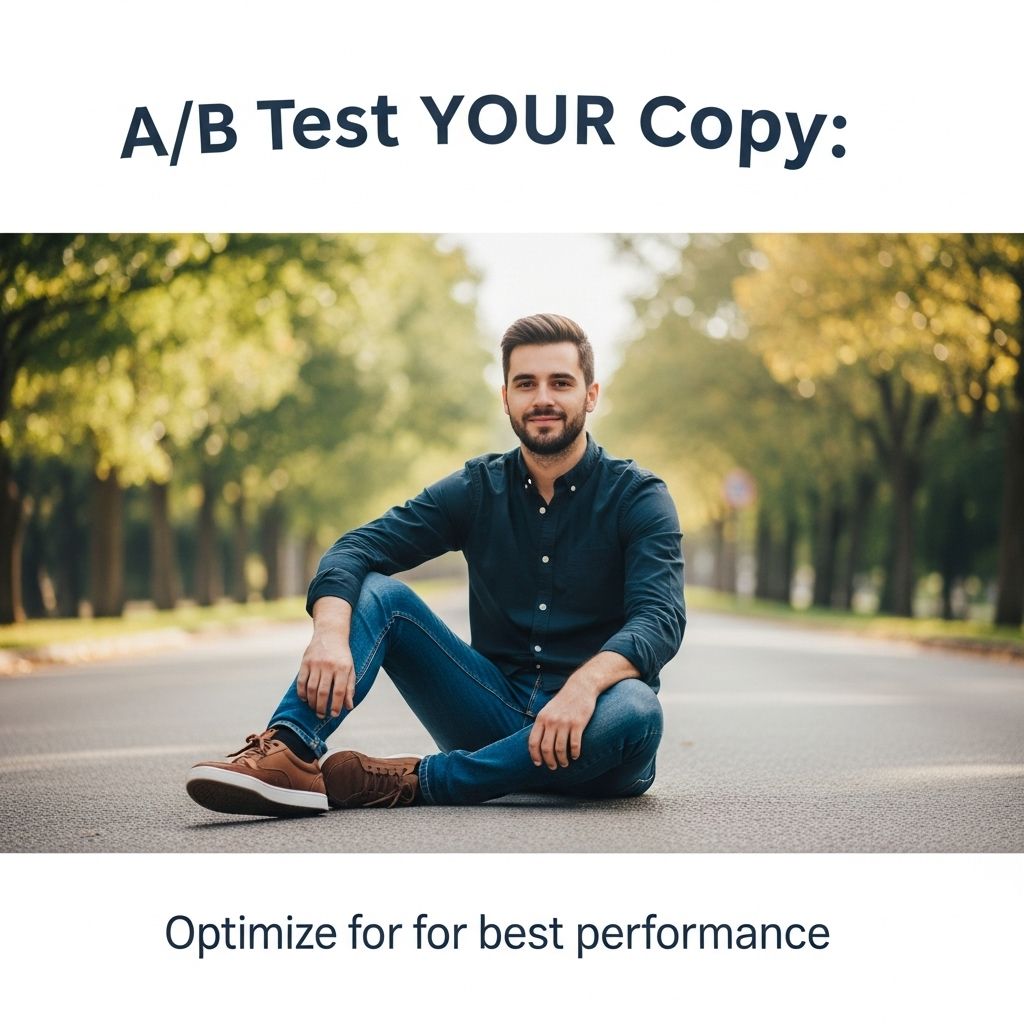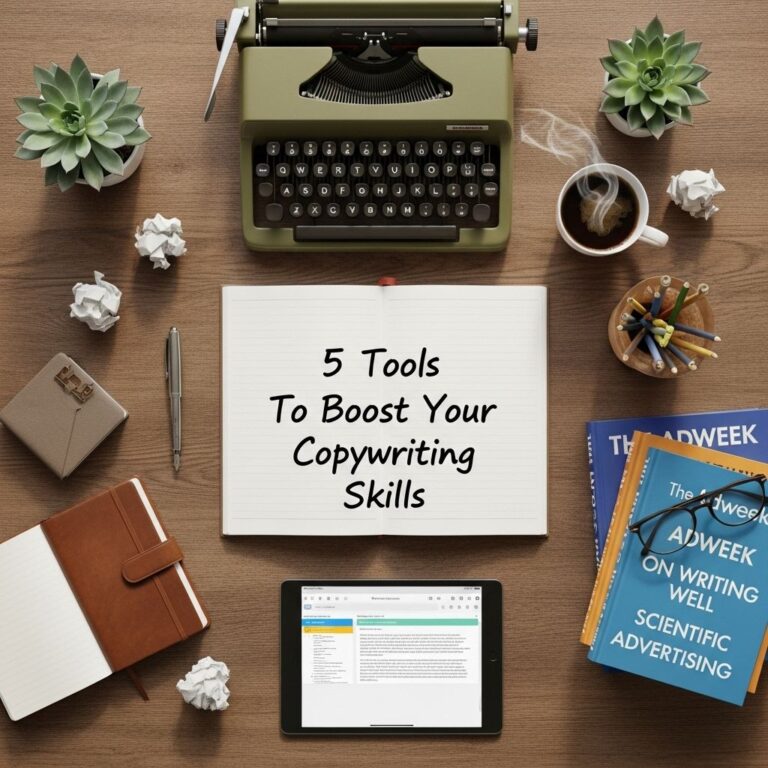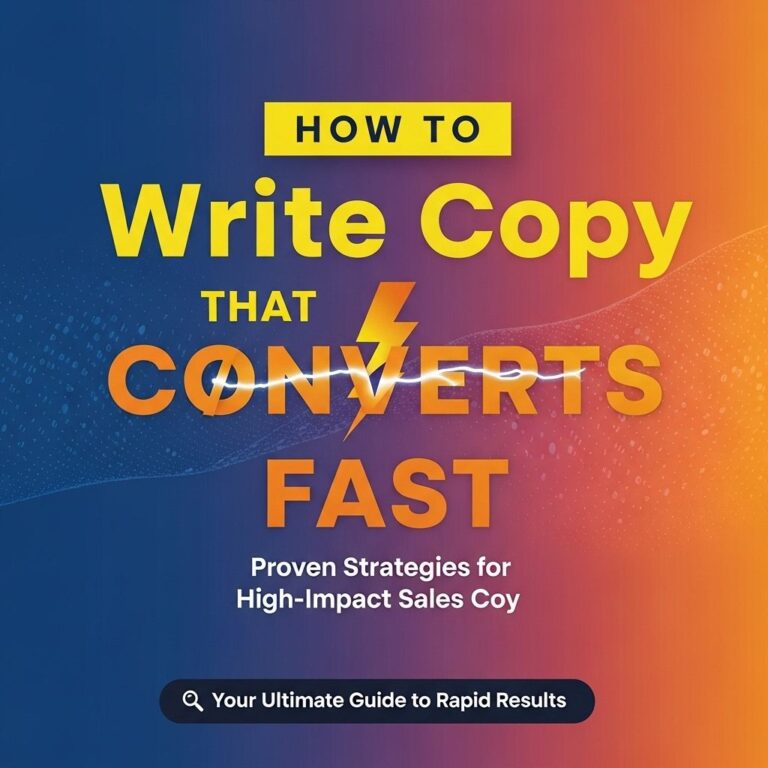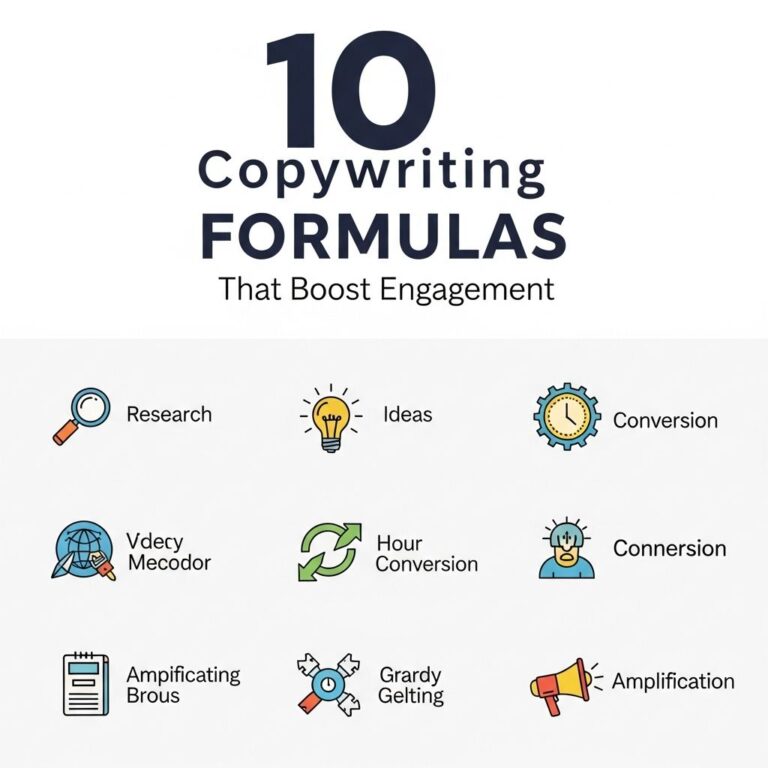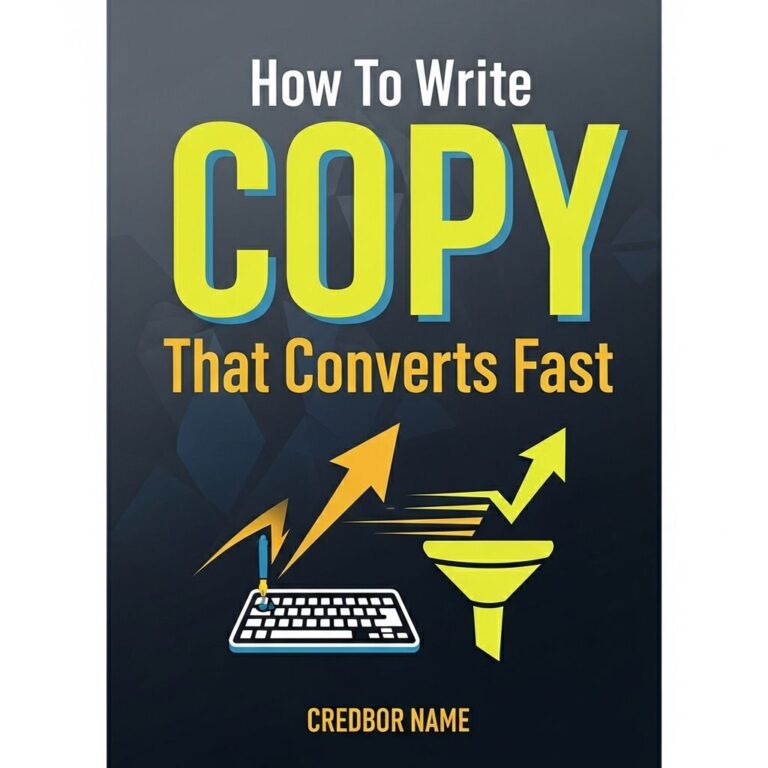In today’s fast-paced digital landscape, the ability to craft compelling copy that converts is a vital skill for marketers, entrepreneurs, and content creators alike. The art of persuasion through words is not just about writing; it is about understanding your audience, identifying their pain points, and presenting solutions in a clear and engaging manner. This article will guide you through the essential techniques for writing copy that grabs attention, engages readers, and leads to conversions—all at lightning speed!
Table of Contents
Understanding Your Audience
Before you even begin writing, it is crucial to know who you are writing for. Understanding your target audience can dramatically influence how you frame your message. Here are some strategies to gain insights into your audience:
- Conduct surveys: Use tools like Google Forms or SurveyMonkey to gather information about your audience’s preferences.
- Analyze customer feedback: Review comments and reviews to identify common themes or issues.
- Create buyer personas: Develop detailed profiles of your ideal customers to tailor your message effectively.
Crafting a Compelling Hook
Your opening sentence is your first impression, and it must be strong. A compelling hook draws readers in, making them want to continue reading. Here are some tips:
Types of Hooks
- Questions: Pose a thought-provoking question that resonates with your audience.
- Statistics: Start with a surprising fact or statistic that highlights the importance of your topic.
- Personal anecdotes: Share a relatable story that connects you with your readers.
The Importance of Clear Value Proposition
A value proposition is a statement that explains why a customer should choose your product or service over competitors. This should be clear, concise, and compelling. Your value proposition should address:
- The problem: What pain points does your audience experience?
- Your solution: How does your product or service solve this problem?
- The benefits: What specific advantages do your customers gain from your offering?
Using Persuasive Language
Language plays a pivotal role in copywriting. The words you choose can evoke emotions and drive action. Here are some techniques to enhance your writing:
Emotionally Charged Words
Incorporate words that elicit feelings. This can include:
| Word Type | Examples |
|---|---|
| Positive Emotion | Love, Success, Happiness |
| Urgency | Now, Limited Time, Hurry |
| Fear of Missing Out (FOMO) | Exclusive, Only a Few Left, Last Chance |
Active Voice
Use active voice to create a strong and direct tone. For example, instead of saying, “The report was completed by the team,” say, “The team completed the report.” This makes your writing more engaging.
Structuring Your Copy
Well-structured copy helps guide the reader through your message. Here are structural tips:
Utilize Subheadings
Break your content into sections with clear subheadings. This not only enhances readability but also helps readers find the information they need quickly.
Bullet Points and Lists
Use bullet points or numbered lists to present important information succinctly. This format is easy to digest and keeps readers engaged. For example:
- Feature A: Explain how it benefits the customer.
- Feature B: Highlight a unique selling point.
- Feature C: Describe a case study or testimonial.
Creating Strong Calls to Action (CTAs)
Your copy should always guide the reader toward a specific action. A strong call to action (CTA) compels the reader to take the next step. Here are some tips for effective CTAs:
Be Clear and Direct
Use action-oriented language that tells the reader exactly what to do, such as:
- “Sign Up Today!”
- “Grab Your Free Trial Now!”
- “Download the Guide!”
Create Urgency
Incorporate language that encourages immediate action. Phrases like “Limited Time Offer” or “While Supplies Last” can help motivate readers to act quickly.
Testing and Optimizing Your Copy
Once your copy is written, the work doesn’t end there. Testing different versions of your copy can yield insights into what works best. Here are some methods:
A/B Testing
Run A/B tests to compare two versions of your copy. This can apply to:
- Email subject lines
- Landing page headlines
- Call to action buttons
Utilizing Analytics
Monitor your conversion rates and other metrics using tools like Google Analytics. This data will help you understand how your audience interacts with your content and where improvements can be made.
Conclusion
Writing copy that converts fast is an essential skill that combines understanding your audience, crafting compelling narratives, and strategic structuring. By applying the techniques outlined in this article, you can create persuasive copy that not only resonates with readers but also drives them toward taking action. Remember, the key is to continually test and refine your approach based on feedback and performance metrics. Start writing copy that converts today, and watch your efforts translate into success!
FAQ
What is copywriting and why is it important for conversions?
Copywriting is the art of writing persuasive text that encourages readers to take action. It is crucial for conversions because effective copy can engage your audience, communicate value, and drive them to make a purchase or sign up.
What are some key elements of high-converting copy?
Key elements of high-converting copy include a strong headline, clear and concise messaging, emotional appeal, a compelling call to action, and social proof or testimonials.
How can I identify my target audience for better copy?
To identify your target audience, create buyer personas based on demographics, interests, pain points, and behaviors. Conduct market research and analyze your existing customers to understand what resonates with them.
What role does storytelling play in effective copywriting?
Storytelling in copywriting helps to create an emotional connection with the audience, making the message more relatable and memorable. It allows readers to visualize themselves in the scenario, increasing engagement and conversions.
How can I write a compelling call to action?
To write a compelling call to action, use action-oriented language, create a sense of urgency, highlight benefits, and make it easy for the reader to understand what they should do next.
What are some common mistakes to avoid in copywriting?
Common mistakes to avoid include using jargon or complicated language, being too salesy, neglecting the audience’s needs, writing long paragraphs, and failing to proofread for errors.

